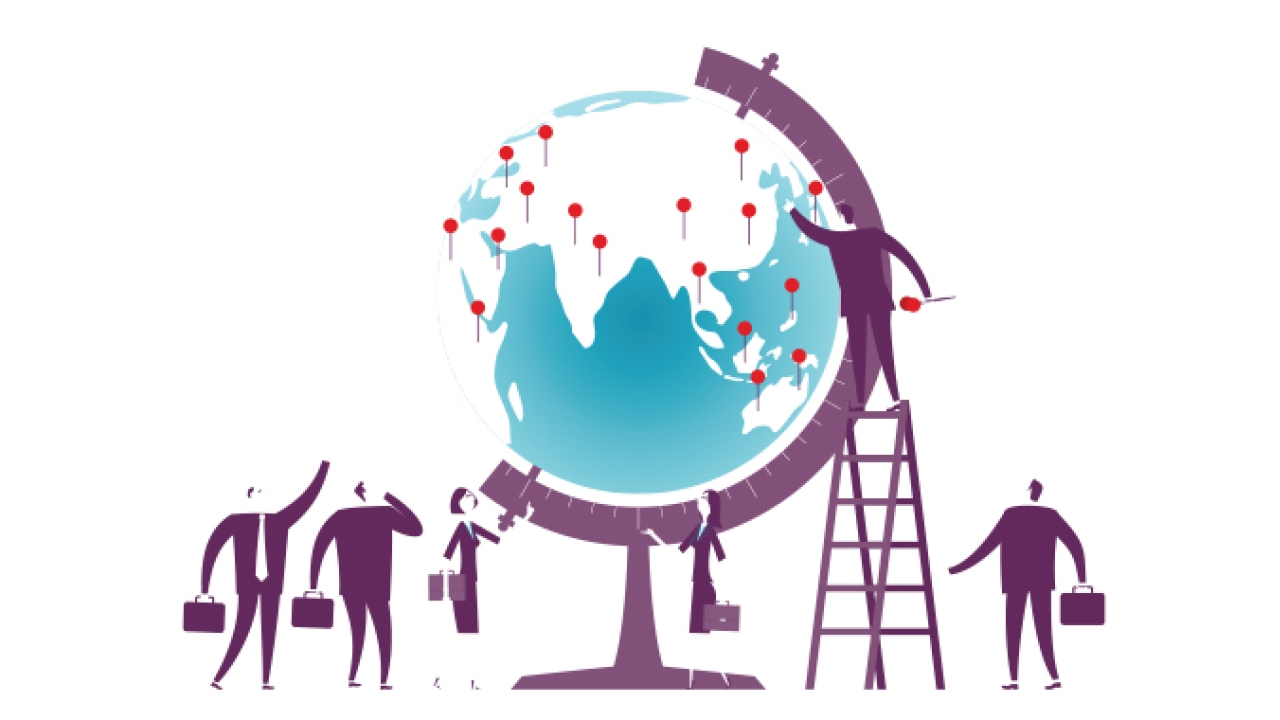How to evaluate an acquisition: Part III

In this third installment in our due diligence series, we examine a company’s products, facilities and geographic locations. Having passed the primary considerations (financials and customers) covered in Parts I and II, these elements are the next key determinants in whether an acquisition lines up. These may be easier to meet your approval, as they are more about adding ‘complements’ to your business and opening up new avenues for growth. But make sure financial and customer criteria are met first, as without those it doesn’t matter where a prospect ranks elsewhere.
As you consider Part III items, keep in mind that many things have changed recently. Both the pandemic and the world’s response to it may reverse a few things again – even by the time you read this. Stay nimble and be ready to adjust to the changing climate.
Product mix and markets – A number of segments have surged during the Covid-19 impact (consumer packaged goods, food and beverage), whereas others may feel like they’ve been hit by a locomotive (retail, hospitality, travel and tourism, restaurant, entertainment).
Let’s look at a market on each side. For retail, store closures, halting of supply chains, partial reopening without dressing rooms, and restrictions on handling products are pushing even more revenues online. While the retail segment is still buying labels, spending has shifted to safety signage and communications about what they’re doing in response to the pandemic. None of these efforts are driving growth. Thus, even if a label or packaging company with retail customers is showing strong sales, the trending is negative for the near future and likely the long term.
In the food and CPG industries, business may never be better and an acquisition in one of these areas may seem to be a perfect way to expand your operations. But consider longevity of the trajectory. With people eating in more, the cut-and-stack label segment, which has had one of the weakest long-term forecasts, is now thriving. But odds are that this won’t last. On the flip side, food safety, hygiene, and cleaning products are also seeing boosts in spending from heightened safety standards and changing consumer messaging needs. These have a higher likelihood to evolve more and stay.
Evaluating a prospect’s mix and markets involves looking at their current model and future possibilities. Be sure yours can stand up for the long term.
Buildings and leases – When you buy a company, you usually inherit the ownership or lease of the operation. If owned, make sure you understand what you’re getting in terms of manufacturing space, building age (and needs), capacity, workflow design, buildout potential, and the like. The cost and upheaval of moving are significant, and magnified with new ownership. You’ll want to make sure the site can be fully integrated and operational in tandem with your existing operations.
If the building is leased, review dates and requirements. If it’s expiring soon, you’ll have different choices than if you’re locked in. Compare it against area market rates and ask questions if it doesn’t make sense. If the lease is held by the prior owner, make lease negotiation part of the transaction. You’ll have many things to work on once the transaction is complete. Stability of the physical plant shouldn’t be one of them.
Geographic locations – Geographic location must provide tangible value. This can be a capabilities advantage, a growth territory for your products, or other upside. Take time to learn the area, regional competitors, and transportation/logistics issues. You’ll also want to make sure that wherever it’s located, you’re able to manage it within the ‘new normal’. Air travel has opened up, but restrictions remain. And more changes, difficulties, and costs could be forthcoming. You may need to house some current staff at the new acquisition for a while to facilitate the transition.
Every buy or sell transaction contains risk. The most successful ones are those that define and understand all the potential risks ahead of time and properly plan for them. Yet, be aware that the risks can change too – especially now.
As you continue through the due diligence cycle, carefully review, investigate, assess, and strategize (and repeat if necessary). And enlist the expertise of trusted advisors. The investment you make in your due diligence efforts is just as important of that of the actual purchase.
Stay up to date
Subscribe to the free Label News newsletter and receive the latest content every week. We'll never share your email address.


